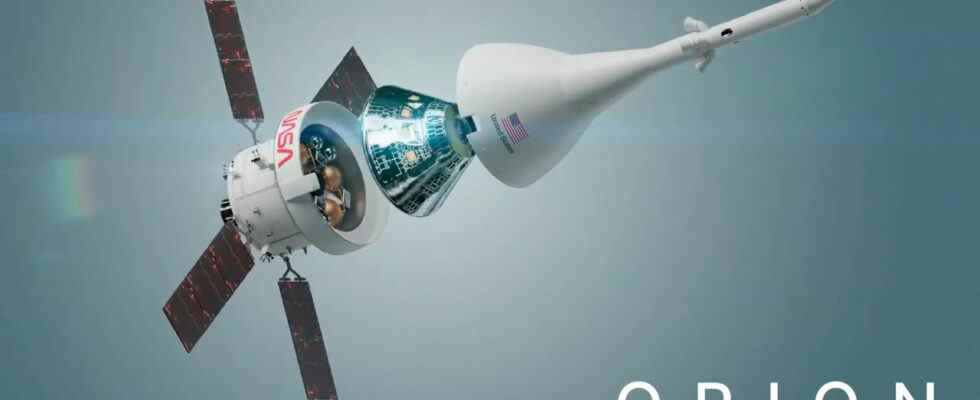NASA is about to perform the first launch of its next-generation Space Launch System (SLS) rocket, the most powerful launch vehicle ever built. With the Artemis I mission, which will take place next week, the way to send a man to the Moon for the first time after 1972 will be opened.
All details of the Orion spacecraft
In a few years after various flights to be made, within the scope of the Artemis III mission, after a long break, humans will be sent to the Moon again. The Artemis missions mark the beginning of an exciting new era of space exploration.
The Orion spacecraft, which enables astronaut missions to the Moon, Mars and beyond, will embark on a grueling six-week test journey on its maiden flight next week. Orion’s Crew Module was built by Lockheed Martin, while the European Service Module, which is vital for electricity, propulsion, thermal control, air and water supply, was produced by the “Defence and Space” department of aviation giant Airbus.
The video shared by NASA gives us a detailed look at the first Orion spacecraft designed specifically for crewed missions to deep space. As shown in the video, Orion’s Crew Module can carry four astronauts.
The main engine of the spaceship, which provides more than 2,700 kilograms of thrust, is accompanied by 8 auxiliary engines, each with a thrust capacity of 50 kilograms. Orion also has 7-metre wings with solar panels on it. Panels with 3,750 solar cells on each wing provide the necessary power to be transferred to the spacecraft.

The video also highlights the Orion spacecraft’s launch arrest system, a mechanism designed to activate within milliseconds if there is serious trouble during launch. If necessary, the system will safely disengage the crew capsule from an out-of-control rocket with the aid of a parachute-assisted system.
The spacecraft, which will be launched on Monday, August 29, will also be watched live during the mission. So what do you think about NASA’s Artemis missions to send humans to the Moon? You can share your views with us in the comments section.


 shiftdelete.net
shiftdelete.net